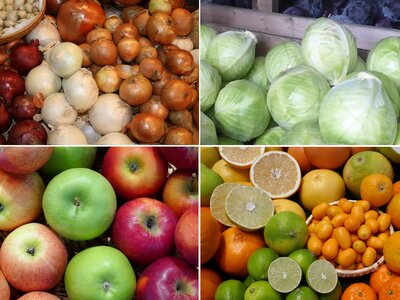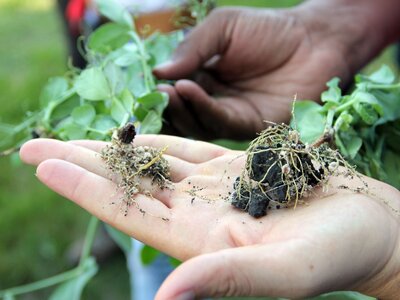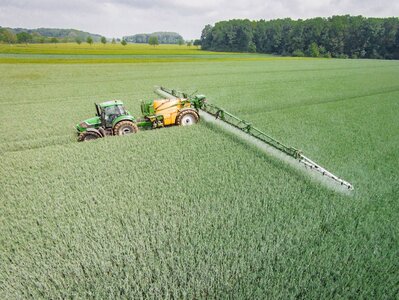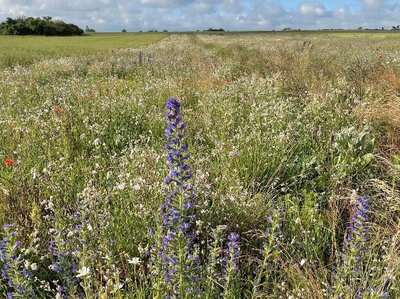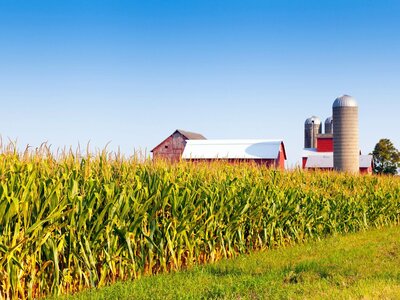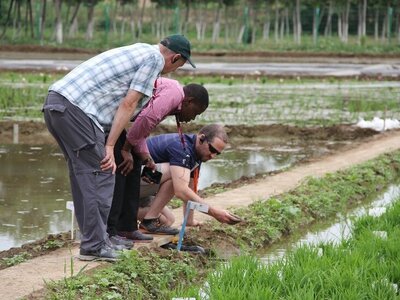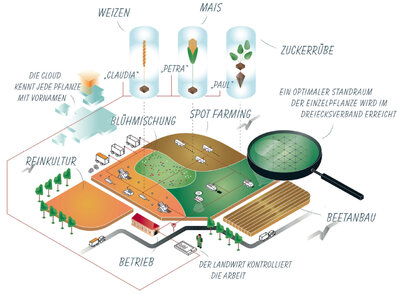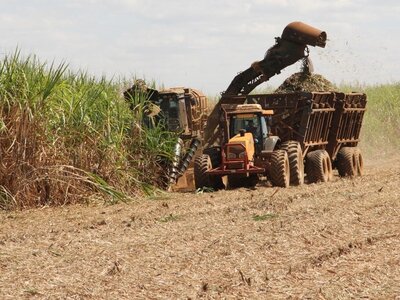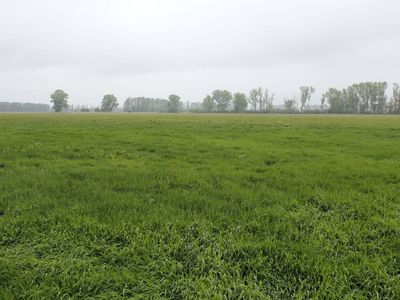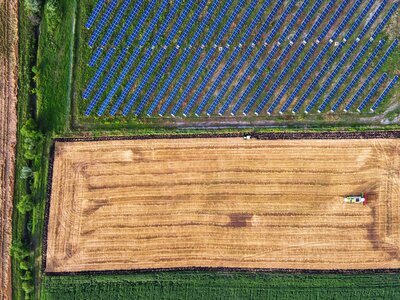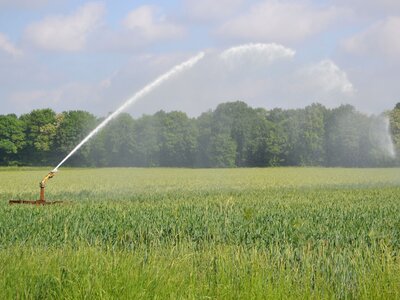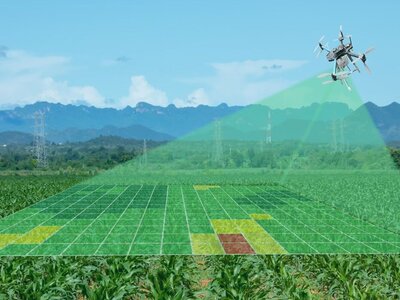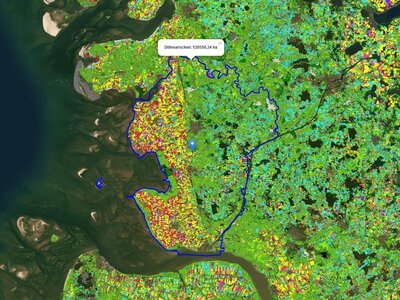Overview

© Thünen-Institut/Michael Welling
Our research in the Thünen topic “Plant Production” is broadly diversified. The activities can be grouped as follows:
- Improve existing crop production systems: We are investigating how more insect-friendly production with fewer nutrients and more diverse crop rotations can be established within the framework of existing crop production systems.
- Develop and evaluate new land use systems: Digitalization, autonomous mobility and photovoltaics create conditions under which crop production systems can be fundamentally rethought and redesigned.
- Policy options, farm adaptation, competitiveness: To support agricultural and agri-environmental policy, we analyze how different policy options would affect farms and how their international competitiveness develops.
Download Service
- Thünen topic Plant ProductionExcerpt from the Thünen Institute's Medium-Term Concept 2021 (in German)
- Thünen medium-term concept 2021
Scroll to top

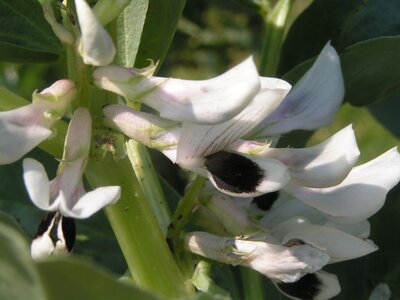
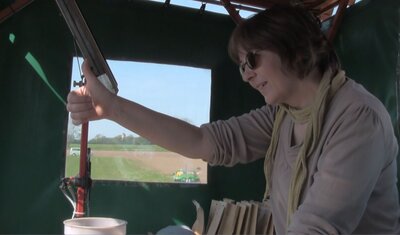
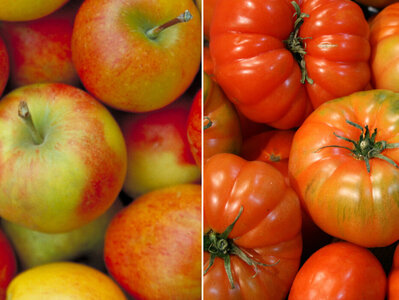
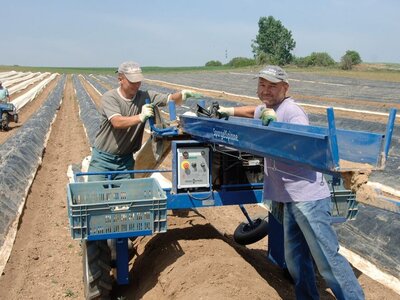
![[Translate to English:] [Translate to English:]](/media/_processed_/1/e/csm_AdobeStock_110348273_20470f4192.jpg)
